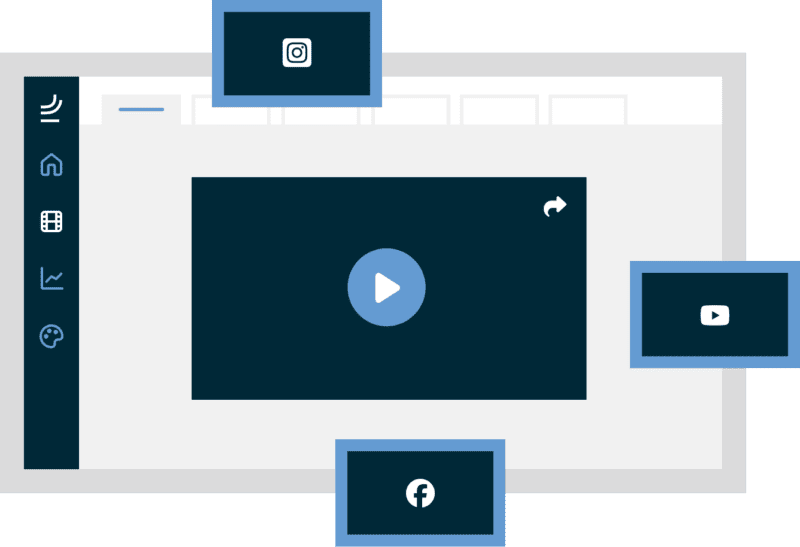The internet should be accessible to everyone. That includes the visually and hearing impaired. To make sure the internet is accessible, there are a set of guidelines. Thanks to software we recently developed, our interactive videos are now compliant with these web guidelines, allowing users to create accessible videos.
WAI-ARIA
In some of our earlier blogs we already mentioned the importance of the web guidelines. These guidelines are established so the visual and hearing impaired can also enjoy everything the world wide web has to offer.
With our software, your linear videos could easily comply with the guidelines. However, for interactive video it was a bit more difficult. For example, someone with a visual impairment cannot always distinguish a button within an interactive video.
Interactive videos should comply with a special set of guidelines. The so-called WAI-ARIA, which stands for Web Accessibility Initiative – Accessible Rich Internet Applications. These guidelines focus on dynamic elements on websites, such as buttons you can click or forms you can fill out.
Text to speech
Our player works with text to speech software that recognizes all the separate elements in an interactive video. You use your keyboard to navigate through the video and the software recognizes the interactive elements within the video.
The text to speech software reads the name of interactive fields out loud and what the field does. For example, “name, field” for a field where you have to fill out your name. Or “next, button” for a button that allows you to skip ahead.
Interactive video meets web guidelines
Together with SDU, a Dutch publishing company, we created the first interactive video that is fully compliant with the web guidelines. The video below is about applying for a new passport. Viewers can turn on the text to speech software and watch the interactive video using their keyboard.
Once the viewer selects a button, the viewer will hear it is a clickable element and what its functionality is. For example, “previous, button” or “next, button”. The video below is in Dutch, but will give you a general idea of how the software works.
Find out how our platform can support your video strategy
Fill out the form and one of our video experts will happily show you around our platform and answer any questions you might have.


